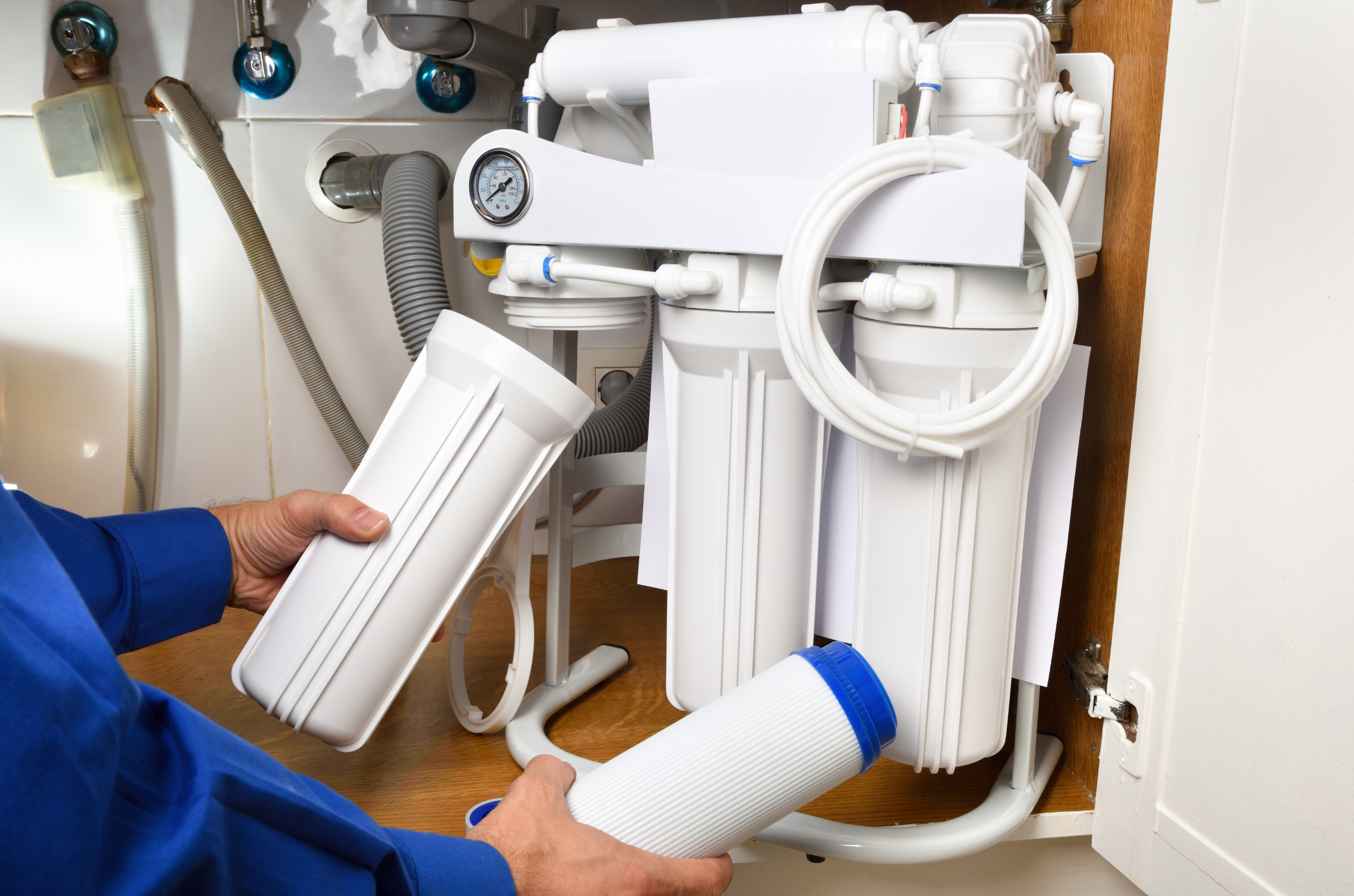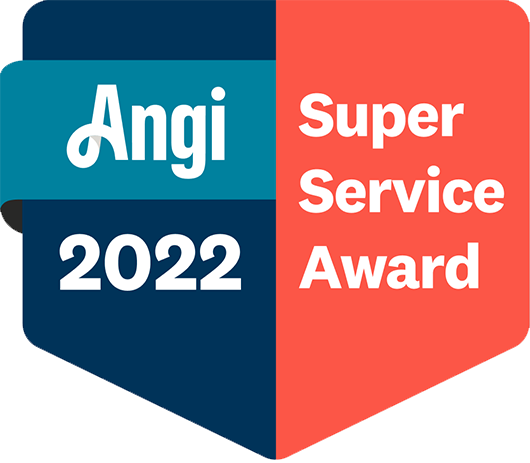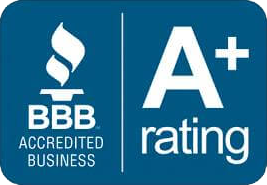If you own a reverse osmosis system (and really any type of water filtration system), it’s easy to take a set-it-and-forget-it type of approach. But like any machine, filtration systems require upkeep, so they continue to be effective and safe. Indeed, proper maintenance not only ensures the safety of the water but also extends the lifespan of your reserve osmosis system. If maintained correctly, a high-quality reverse osmosis system can last up to 10 to 15 years. Considering the contaminants found in Long Island’s water like PFAs, Nitrates, Dioxane, and many others.
Here’s how to maintain your reverse osmosis filtration system:
1. Change Filters Regularly:
Reverse osmosis systems typically have several filters that need to be replaced every 6-12 months, including:
- Sediment Filter: Captures dirt, sand, and debris and protects the reverse osmosis membrane.
- Carbon Filter: Reduces chlorine and chemical contaminants and maintains water taste and safety.
- Polishing Filter: Polishes water before dispensing and keeps water tasting fresh.
Why It’s Important on Long Island:
Long Island’s water is known for high sediment and chlorine levels. Regular filter changes are essential to prevent clogs and contamination, ensuring the system runs efficiently.
2. Replace the reverse osmosis membrane:
The reverse osmosis membrane removes impurities like lead, arsenic, and nitrates. Depending on water usage and quality, it needs to be replaced every 2-3 years. If you notice a change in the water taste or a decline in the pressure, it might be time to replace the membrane.
3. Sanitize the RO System Annually
Scheduling an annual sanitation is essential to maintain water hygiene and quality. Make sure to flush the system thoroughly after cleaning to remove any residue.
Here are the steps to that you can take or that a typical water filtration company would take to sanitize your RO system:
- Shut Off the Water Supply and Drain the System: Turn off the water supply and storage tank valve. Open the faucet to release pressure and drain the system.
- Remove Filters and Membrane: Carefully remove all filters and the RO membrane. These should be replaced if worn or expired.
- Sanitize the System: Use a food-grade sanitizer and follow manufacturer guidelines. Clean all housings, tubing, and the storage tank.
- Rinse and Reassemble: Thoroughly rinse all components before reassembling. Install new filters and the RO membrane.
- Flush the System: Turn on the water supply and let the system flush for several hours to remove any cleaning residue.
4. Check Storage Tank Pressure
Correct storage tank pressure ensures a steady water flow. The pressure should be around 6-8 psi when the tank is empty. If the pressure is off, you may notice reduced flow or water volume.
5. Inspect for Leaks and Wear
Regularly check tubing and fittings for leaks, cracks, or signs of wear. Long Island’s seasonal temperature changes can cause parts to expand and contract, leading to potential leaks.
6. Schedule Professional Maintenance
While routine maintenance can be done at home, professional check-ups ensure all system components are functioning optimally.
At Simply PURE Water Filtration, Inc., we’re here to help, offering expert maintenance and replacement services for RO systems across Long Island.
By taking these simple steps, you’ll not only improve your drinking water, but you’ll also make it more convenient. Follow us for more news on Long Island Water Quality, and don’t forget to contact us if you need help with maintenance or installing a new system.
About Simply PURE Water Filtration Services
Living in and serving the Long Island community, we strive to make sure everyone has access to clean, healthy water. We have the experience, knowledge, and industry-leading technology to provide clean water solutions for water impurities, contaminants, hard water, bad tasting/odors, well water, acidity & pH regulations.
Proud members of the WQA (Water Quality Association), and the EWQA (Eastern Water Quality Association), we adhere to strict guidelines and the WQA code of ethics. As a Pentair True Blue Partner and Authorized Distributor of Pentair Products, there’s nothing comparable to the performance, and efficiency of our whole house purification systems, water softeners, neutralizers, whole-house filters, and alkaline reverse osmosis systems for drinking in the convenience of your home.
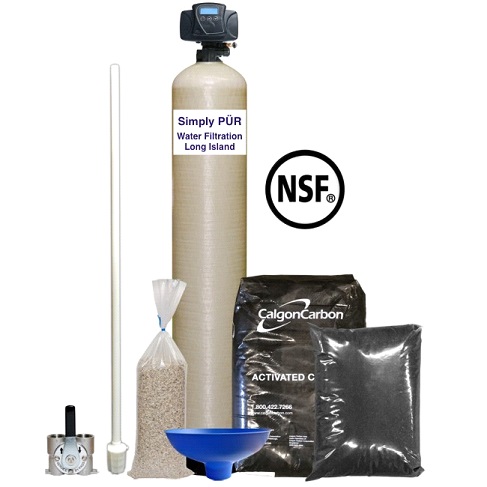
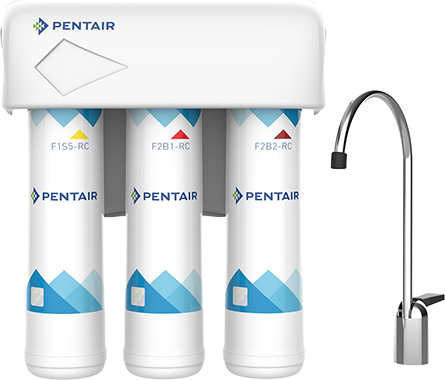
Our products are all NSF / ANSI certified, meeting the highest safety standards and quality performance. Providing our community with only the best experience of high quality water that’s Simply PURE from our family to yours!
Simply PURE utilizes accurate testing methods before and after system installation, as well as annual maintenance of all your water treatment equipment. Our Revolutionary Custom Built Water Treatment systems upon the completion of a Free In-Home Water Analysis, or an in-depth Comprehensive Water Analysis of your choice sent to our Certified Laboratory.

